A couple weeks ago, our family spontaneously decided to adopt two bunnies from a homeschooling family looking to place their rabbits. It was so spontaneous, that I didn’t think to ask the sex of the rabbits until we were picking them up … a boy and a girl … unfixed … hmmm. Jokingly, I asked, “We’re not adopting a pregnant rabbit, are we?” Oh, no, they assured me. Ignorantly hopeful, I believed them. Many hours on the internet later, and about a week passing by, it became apparent that momma bunny was most likely pregnant. A few days later, I was bringing in daddy to be neutered, and the day after that, momma bunny was nesting. Hours later, she gave birth to six bunnies.
More questions flooded in. Am I supposed to do something? Back on the internet I went. I remembered a brief conversation with the previous owners … she had been pregnant twice and lost the litters. Why? I didn’t know. Back to research. An important fact about raising baby bunnies was found: Mother rabbits only feed their young once a day, usually at night or early morning. They don’t stay in the nest any other time. This means you probably won’t ever see your mother rabbit in the nest with her young, let alone feeding them. This panicks most novice humans. They assume the mother rabbit has abandoned her babies. She hasn’t. Her nature is dictating her actions.
I found myself laying awake that night, worried that the babies were too cold (the mother covers them with her own fur she plucks from her underbelly), or not being fed. Should I move them inside? Can I really trust the mother to feed her babies? I was surprised by the amount of fear I felt. Throughout, I researched on bunnies, observed them (mother rabbits are fine with their owners looking in on their babies; they were nice and plump in the belly, as the writings said would be the case with a well nourished baby), and exercised faith and trust in the mother’s nature to care for her young.
As each day passed with healthy babies, my faith increased. Even after three of the babies passed away within the first few days, all indications were that things happened as they were meant to happen (small type rabbits often have “peanut babies” with a double dwarf gene that isn’t viable, which appeared to be the case).
On Day 3, I caught a glimpse of mother rabbit nursing her babies. Even so, I still found I had to develop faith and trust in her continued nursing of her babies. The evidence was in the growth I could see, even if I didn’t see the source from which it came.
Throughout the process of understanding and supporting the needs of a mother rabbit as she raises her babies, it occurred to me that educating my children was very similar.
I provide the right environment for their learning to occur. All the conditions are right and the nature to learn is inside most every person. But, we don’t always see the learning happen in front of us. Or the learning isn’t what we thought it would look like (how may of us thought a mother rabbit would lay with her babies?).
When we look for evidences of learning, it’s often there. Even if it’s not the kind of learning you wanted it to be. Yet, we continue to fight fear. We continue to learn how to develop trust and faith in the process and in nature.
The good news is that the more you exercise faith in the process of learning … in your particular children … in your environment … the easier it gets. Sure, the fear of the unknown and my lack of ability to control the situation surfaces consistently. That’s when I remind myself to observe, trust, and engage with them myself for a little while to reassure myself. Growth and learning continue.
It’s rare that a human can nurse a baby bunny to healthy adulthood. We go against the nature they need to survive. I’ve needed lately to think about that for the two particular boys I have left at home. They have their individual natures. They have their individual strengths and gifts. And they have their individual weaknesses. If I learn to embrace their nature and gifts in the direction they are naturally bent to go, they will flourish. If I try to take them out of their natural path and bend them to my will, they often wilt. Fear and control is the opposite of faith and trust. I choose the latter and hope to continue forward in faith as they become the adults they are meant to grow into.
What evidence of learning do you see?

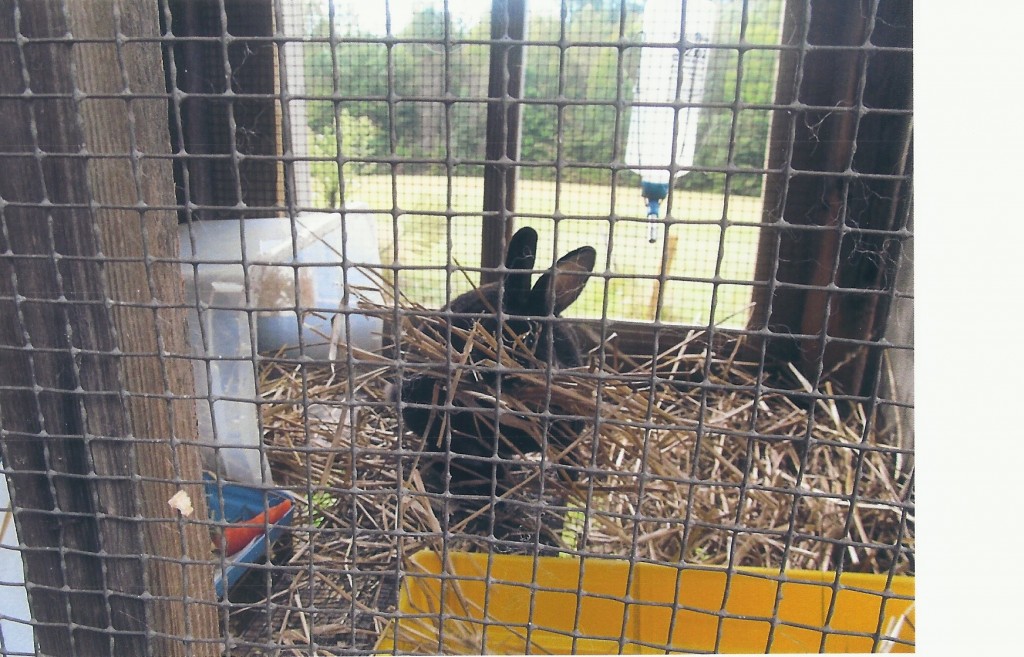
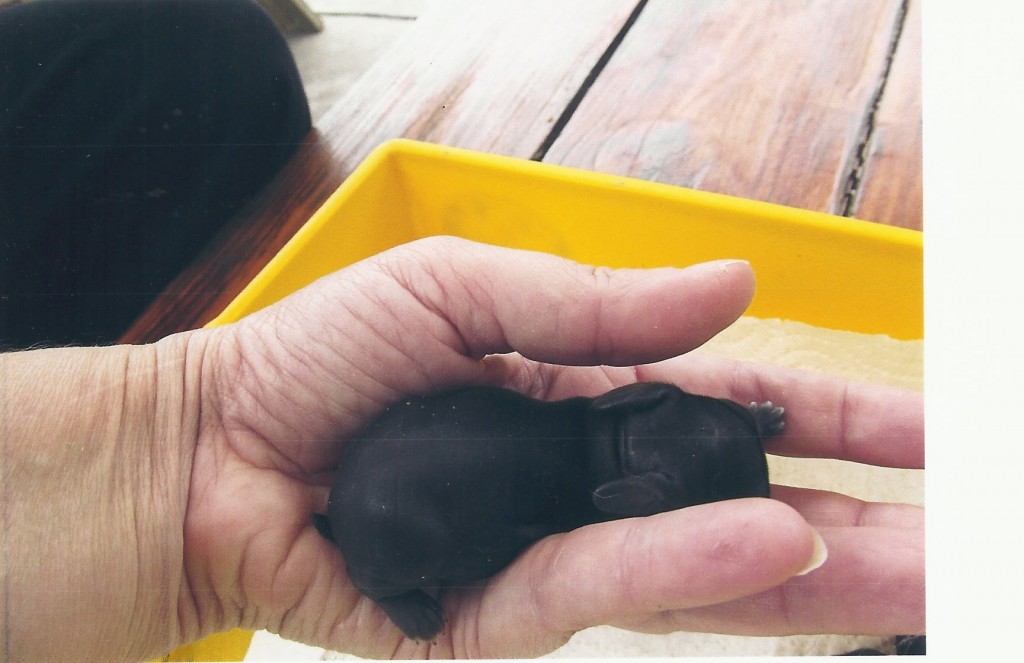
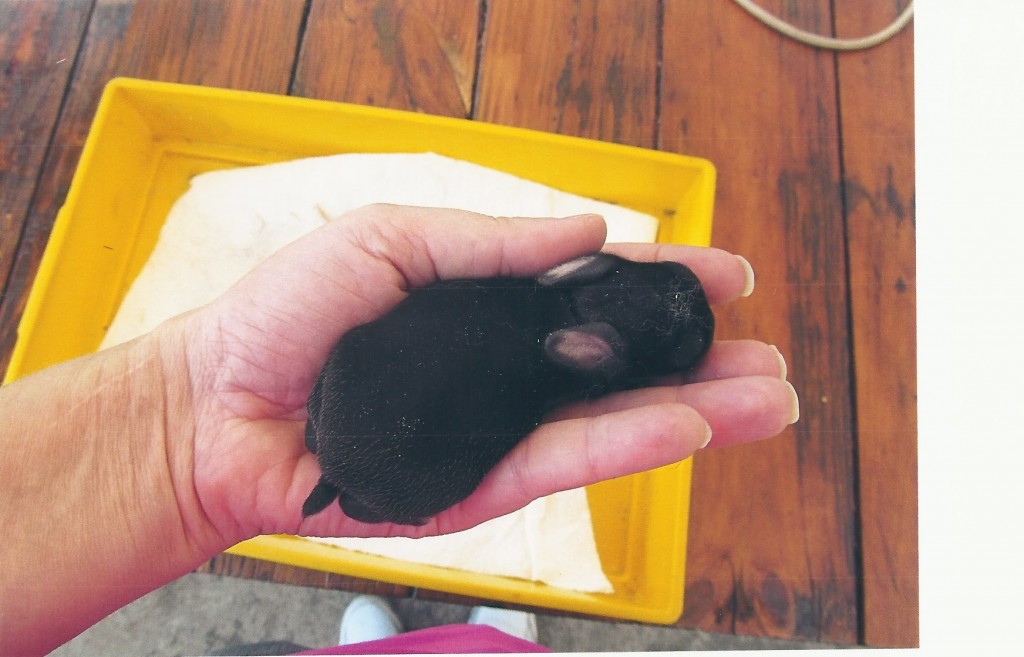
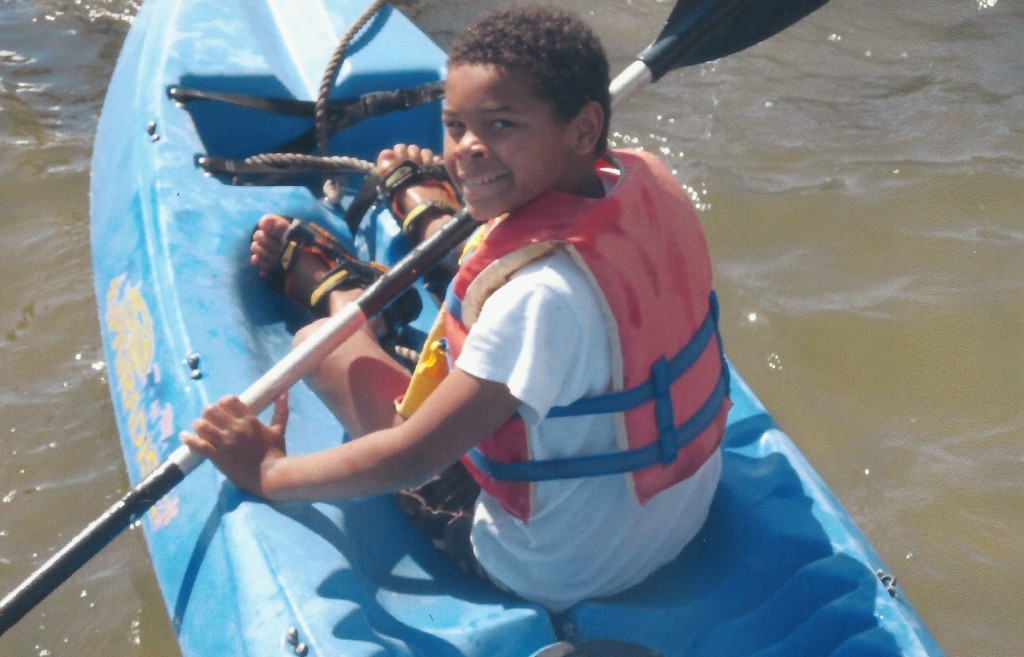
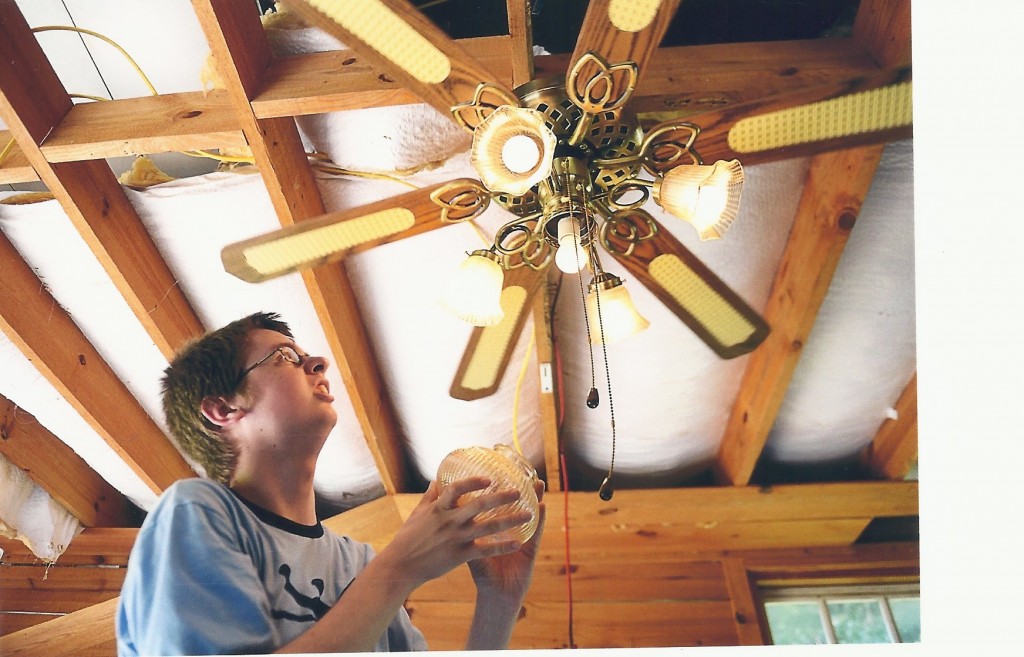





Pingback: Strengths-Based vs. Weakness-Based Education |